Have you got rucksack neck?
If you use a backpack as your everyday bag, here’s how to avoid neck strain – plus the one thing you should never do.
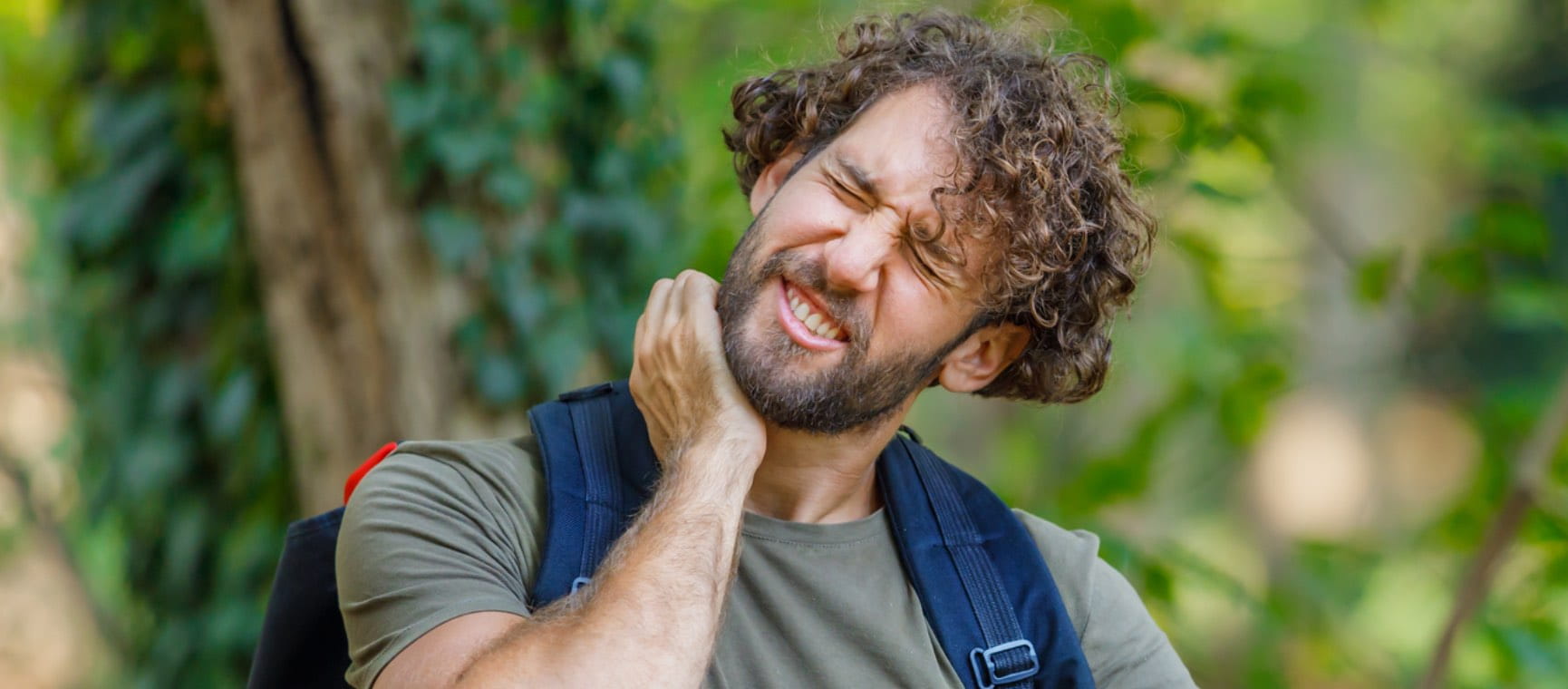
If you use a backpack as your everyday bag, here’s how to avoid neck strain – plus the one thing you should never do.

While many of us are aware of the dangers to our neck and shoulders linked to a poor posture from a sedentary lifestyle and overuse of screens, there may in fact be another reason for suffering pain – your rucksack.
A large number of us now use them every day, whether we’re carrying a laptop or gym kit. Common sense tells us that when it comes to carrying clever, two straps are far better than one, but this isn’t always the case.
We asked two experts – spinal neurosurgeon Anthony Ghosh and osteopath Michael Fatica – how to lighten the load.
Neck and shoulder pain is very common as we age, according to Ghosh, who is founder and director of The Spine MDT.
“Studies suggest that up to half of people over 60 report persistent symptoms in this area,” he says. “It’s not just wear and tear, it’s about how we use our bodies in daily life. Carrying bags and bulk in awkward ways contribute to health issues.”
“Many people experience recurrent stiffness or aching that fluctuates with activity and posture,” adds Fatica, a leading osteopath from Back in Shape, an online rehabilitation programme for back pain.
“The key point is that bags, laptops and shopping interact with posture and conditioning, so good habits and sensible loading go a long way to keeping symptoms quiet.”
A rucksack or backpack doesn’t “cause” neck pain in itself. “Problems arise when the bag is overloaded, the straps are too narrow or loose, or the weight sits too low, pulling the shoulders and upper back forward,” says Ghosh.
This can create what’s sometimes called “rucksack neck”, which is a muscle strain and stiffness from chronic overload on the body.
It also depends on how the bag is packed, says Fatica. “Certain choices can aggravate a sensitive neck and shoulder region, such as packing the bag unevenly so that it pulls backwards, or overloading it so that you lean forwards to compensate. Thin straps that focus pressure on the upper trapezius can also irritate tender tissues.
“Rucksacks are not the culprit – poor set-up, excess weight and prolonged forward-head posture are.”
If you are heading out into the countryside for a hike, then read our expert guide on how to fit a backpack to avoid neck and back pain.

The way you load and carry your rucksack or backpack is key, say our experts. They offer this advice on what and what not to do.
“Anyone with significant osteoporosis, balance issues or prior spinal surgery should be cautious with rucksacks,” warns Ghosh.
If you have advanced neck arthritis or rotator-cuff trouble, you should also refrain from using this kind of bag. Even those simply experiencing the first niggles of pain should pause use for a few days to calm symptoms, and do the suggested exercises below before picking the bag up again.
For most people, a properly worn rucksack beats a single-strap shoulder bag, says Fatica. However, if you’re symptomatic, consider a small, wheeled case for commuting or travel days.
If you’re planning a hike while your neck is irritated, consider putting off the trip until your symptoms settle. If you do go, keep the pack ultralight, and fitted with chest and waist straps.
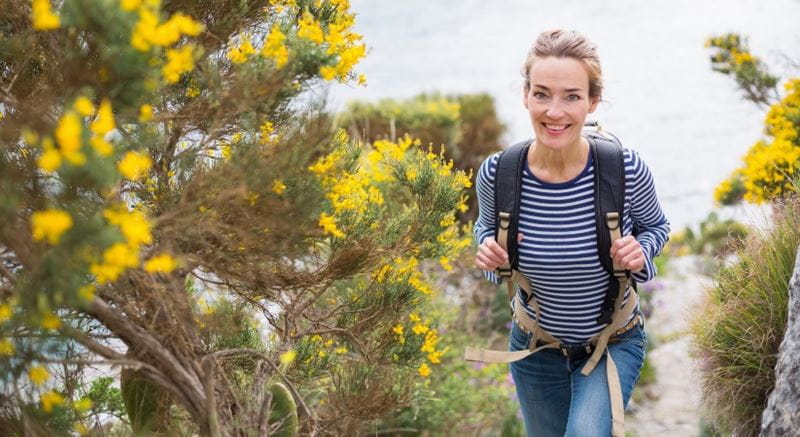
Check out these five tips from our experts:
Some of the more common movements that many think are helpful in relieving rucksack neck pain can, in fact, aggravate the issue, warns Fatica. “If you are experiencing symptoms, avoid repetitive chin tucks that drive the chin hard to the throat, and shoulder rolls that often reinforce shrugging – neither tends to help irritated upper traps.”
Instead, he suggests that you prioritise gentle extension and posture reset, and upper-back activation over aggressive neck drills.
Ghosh adds: “Although passive treatments like manipulation may give temporary relief, the lasting fix comes from movement and functional strength training to build resilience.
“I suggest lateral pull-downs or rows with a resistance band to build resilience in the laterals and mid-back; gentle core exercises such as bridges or dead bugs to improve trunk stability; shoulder blade squeezes to strengthen the upper back; and regular neck mobility stretches such as gentle head rolls to keep the cervical spine from stiffening.”
Michael Fatica has four simple ways to help relieve pain.
Lie on your back with a small, rolled towel supporting the curve of your neck. Relax and allow the neck to gently form a bridge over the towel – this should feel easy and soothing. Hold for anywhere between 20 seconds and 5 minutes.
To finish, roll to your side first and come up slowly to avoid any sudden strain.
Stand up with your shoulder blades down and slightly back (no shrugging). Form a gentle “W” with your elbows, open the chest and hold for 3–5 seconds. Repeat 8–10 times. This counters the rounded, head-forward posture that rucksacks and screens encourage.
Set your heels, bottom, midback, and the back of your head against a wall. Lightly engage the core, pop the chest forward to open the sternum, and keep the neck long. Hold for 10–20 seconds. Repeat 3–5 times through the day.
In the shower or using hot/cold packs, alternate comfortably warm (not scalding) for 2 minutes with cool/cold for 30 seconds. Do this 3–4 times, finishing on cool. This can help settle irritation around the joints and muscles.
If you’re concerned or experiencing discomfort, don’t throw out your backpack just yet. Both experts agree that used well, a rucksack remains one of the most practical and back-friendly ways to carry everyday items.
“The key is moderation in weight, good fit, and keeping your body strong with a few simple exercises,” says Fatica. A few simple adjustments can make all the difference and let you keep wearing your rucksack in comfort.
(Hero image credit: Getty Images)
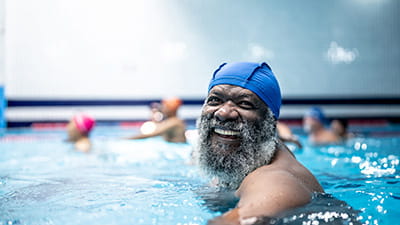

Health insurance for people over 50 that provides a quicker route to diagnosis and planned medical treatment in a private facility.
Underwritten by Bupa Insurance Limited.
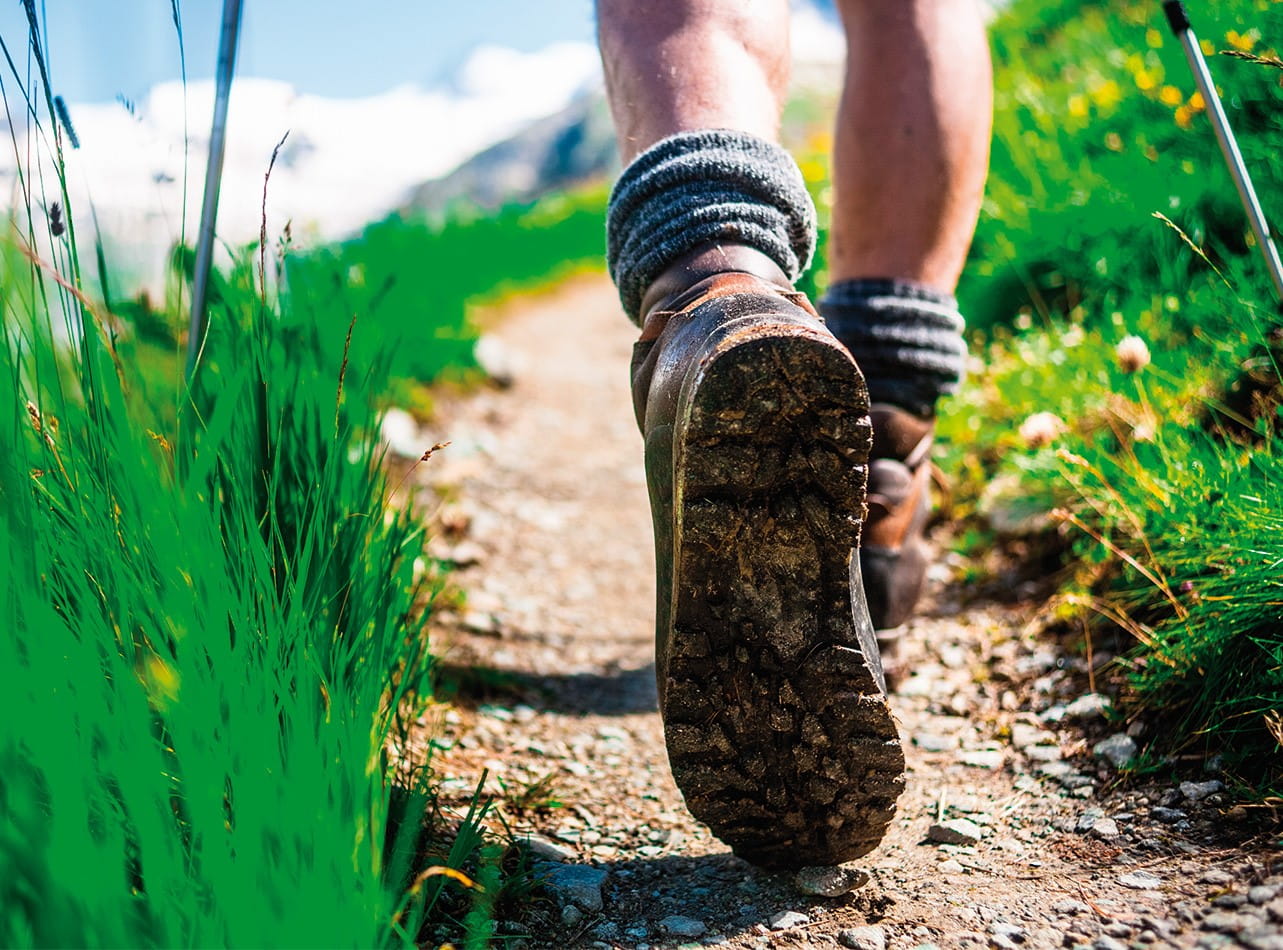
Find out about Saga’s walking holidays here…
Saga’s walking holidays are perfect for exploring Europe’s stunning destinations on foot. They’re suitable for all fitness levels and offer a well-balanced mix of guided walks and relaxation.
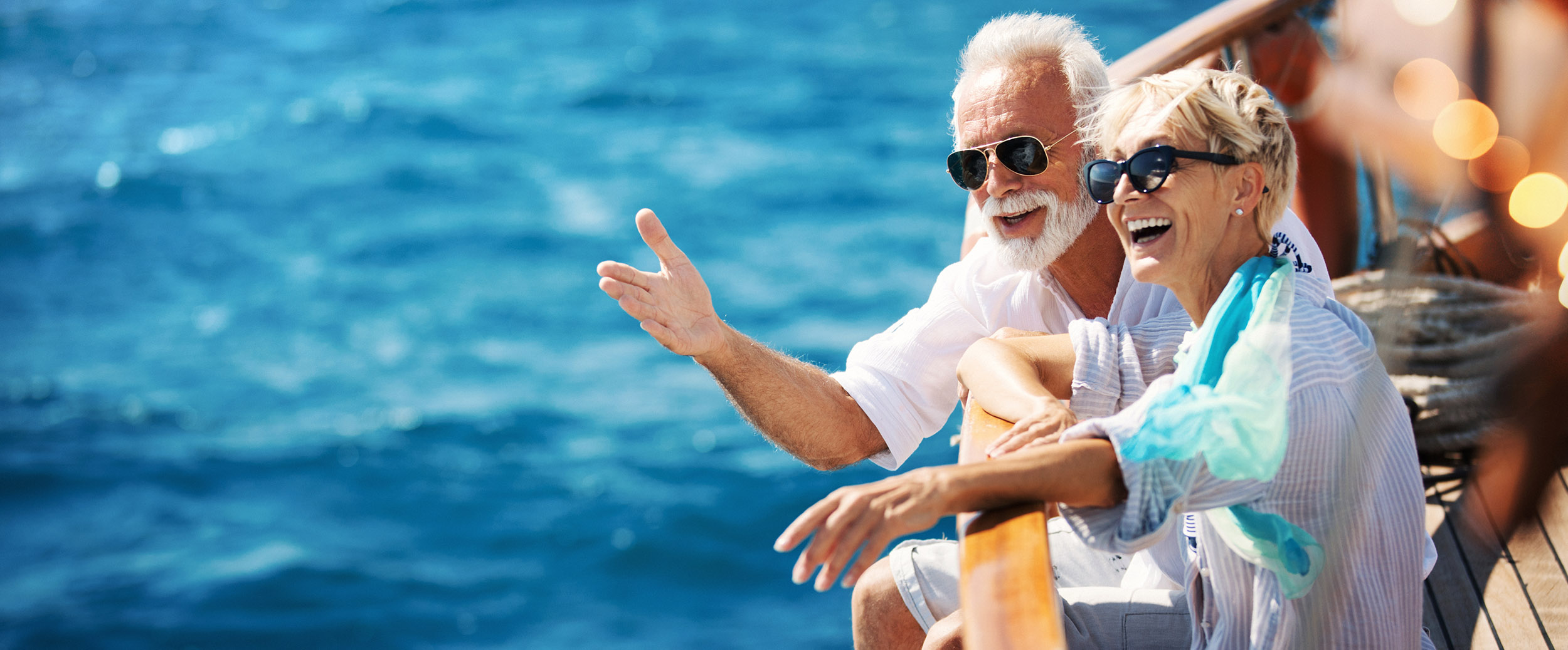
Are you retiring at the wrong age? The best age to retire for your body, brain, happiness and pocket.


Everything you need to know about the lung infection, and how you could be ill with “walking” pneumonia without realising it.
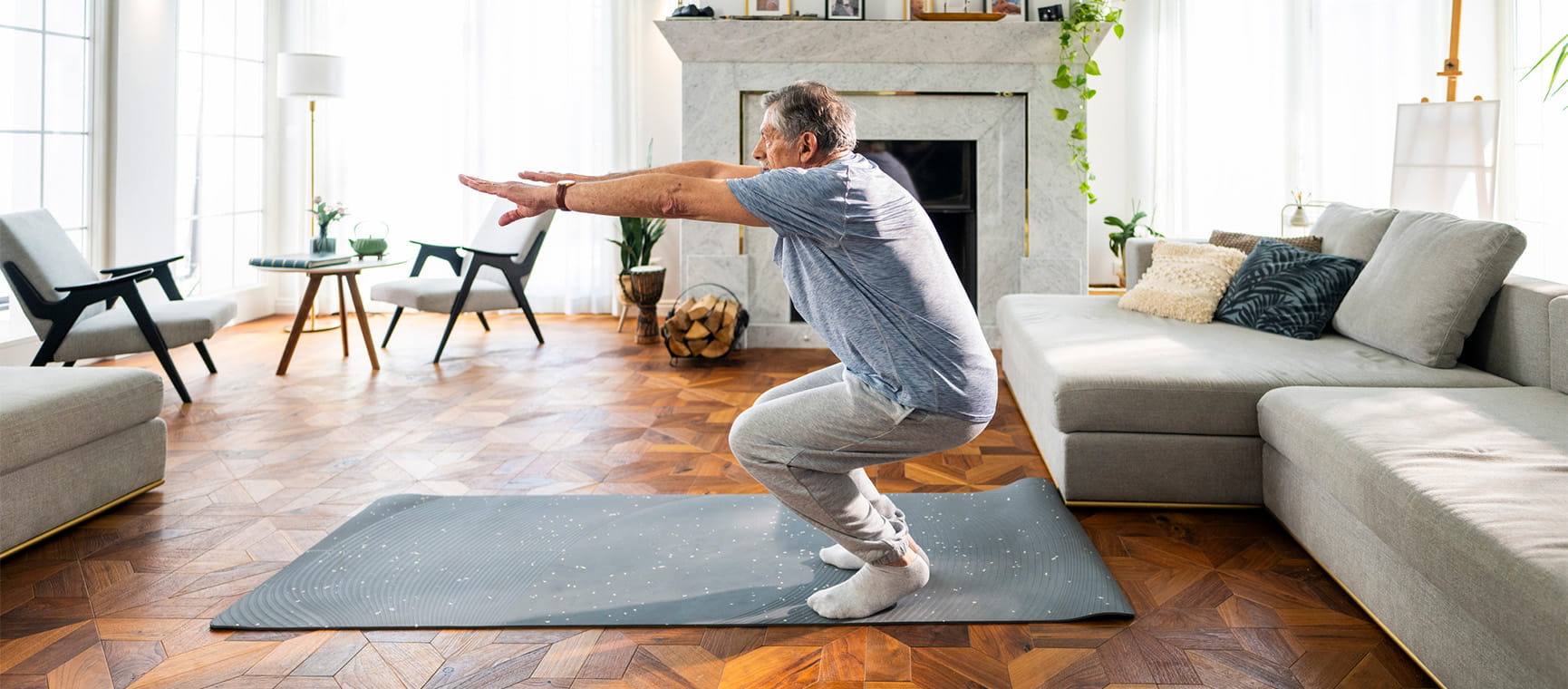
Strong calves for a strong mind: how they support our circulation and brain health, with easy moves to strengthen yours at home.
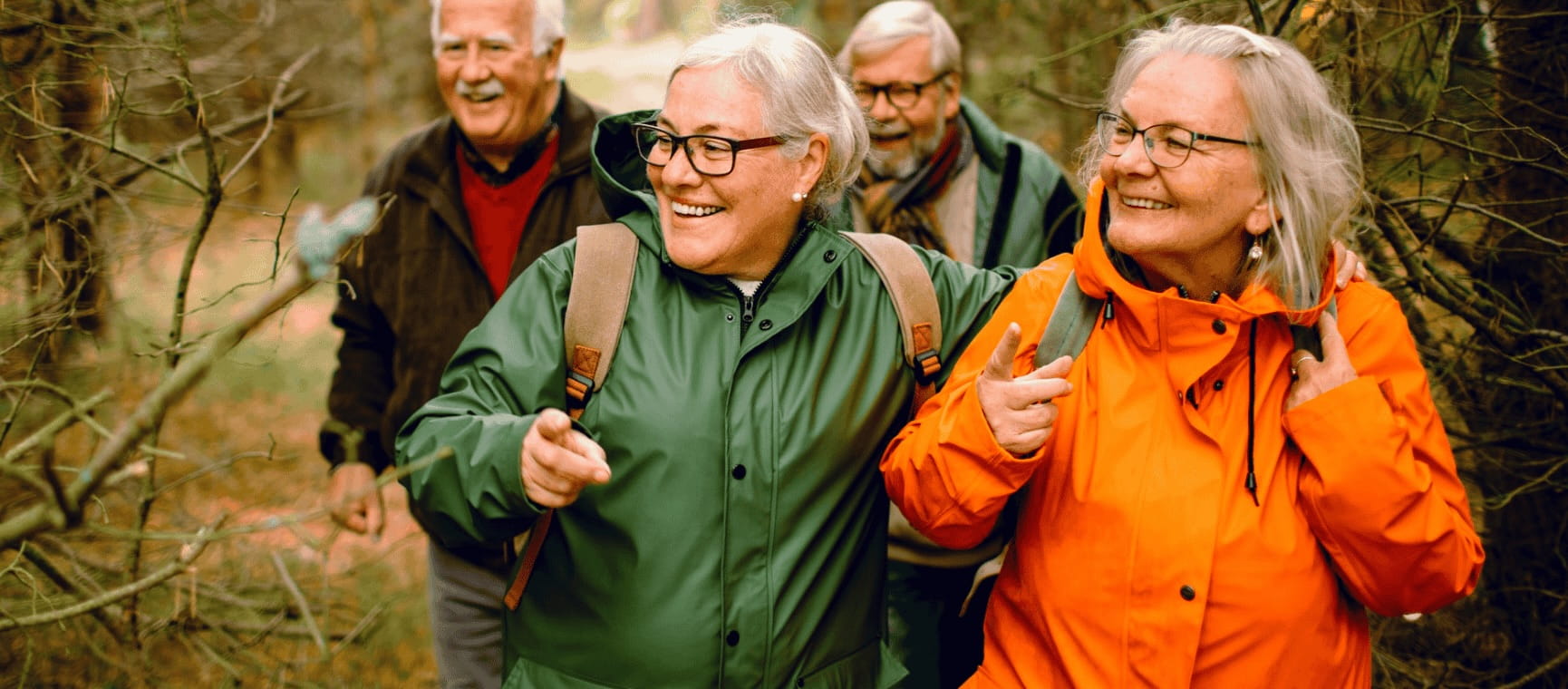

Our GP Dr Mark Porter explains what can cause itchy skin, which is a common problem as we get older.

Worried you’ve morphed into Victor Meldrew? Find out how to battle that bad mood, and what to do if you’re stuck with a grouchy loved one.

The benefits of heat and cold therapy, and how Nordic bathing won over our nervous writer.

Here’s how to spot the symptoms of heat disease and reduce your danger.

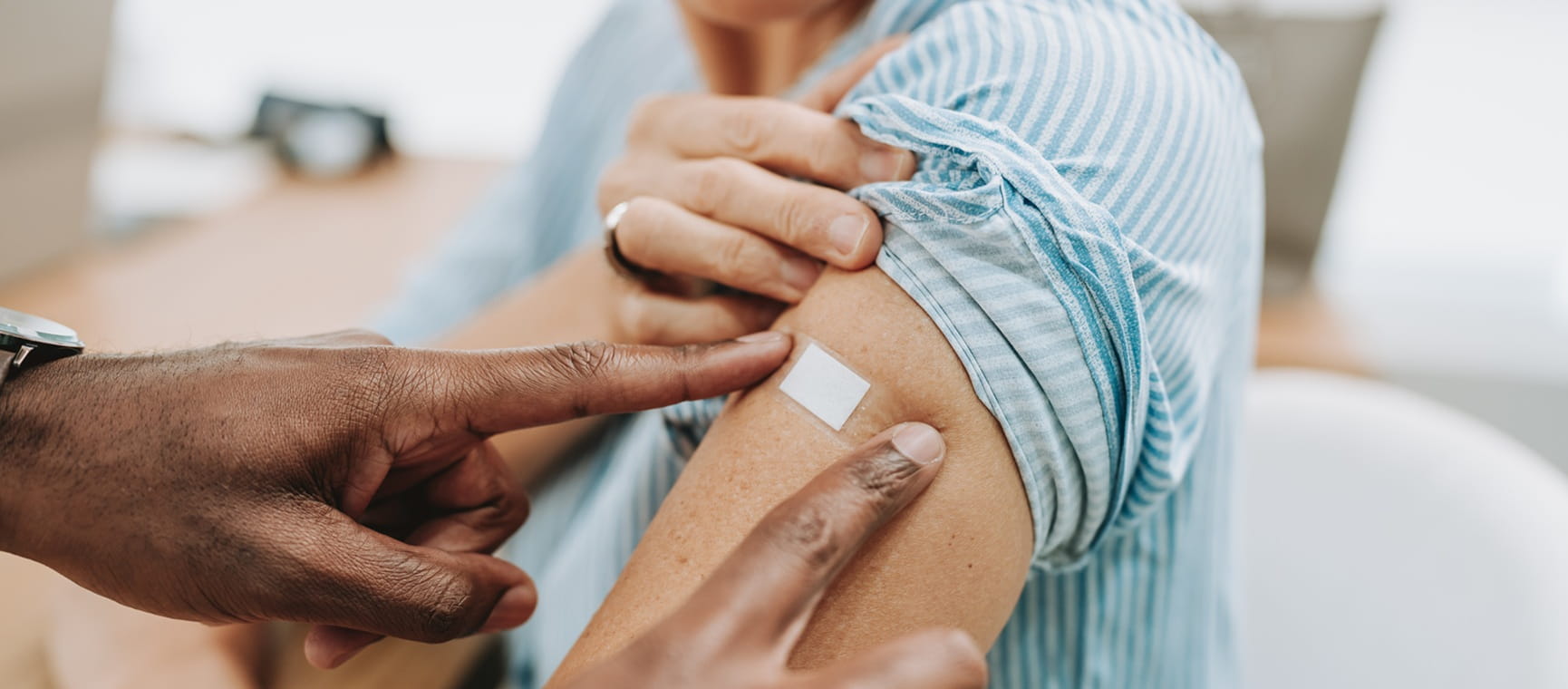
The NHS winter vaccination campaign kicks off next week. Here’s the lowdown on what you need to book.

Pilates for back pain – what to do if you are suffering, and five gentle exercises that could help.
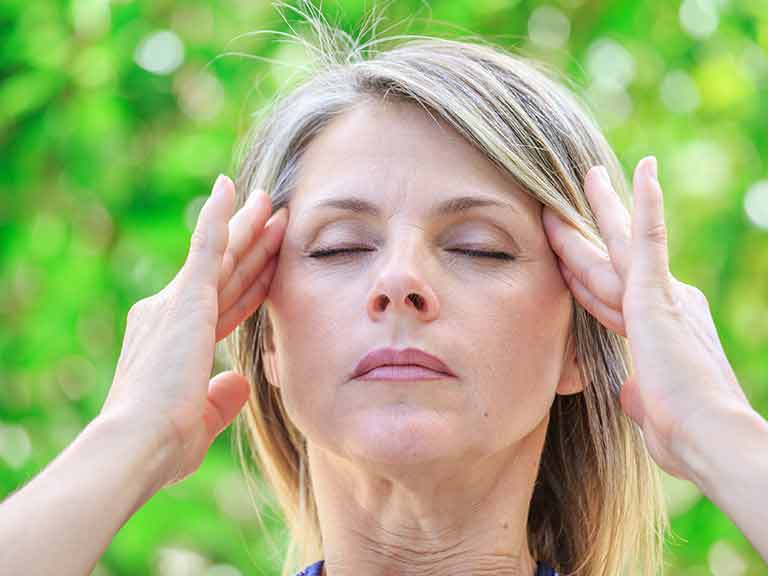
Dizziness or vertigo: a sensation of spinning, can stop us doing everyday things for fear of falling. Try these tips to stop feeling dizzy
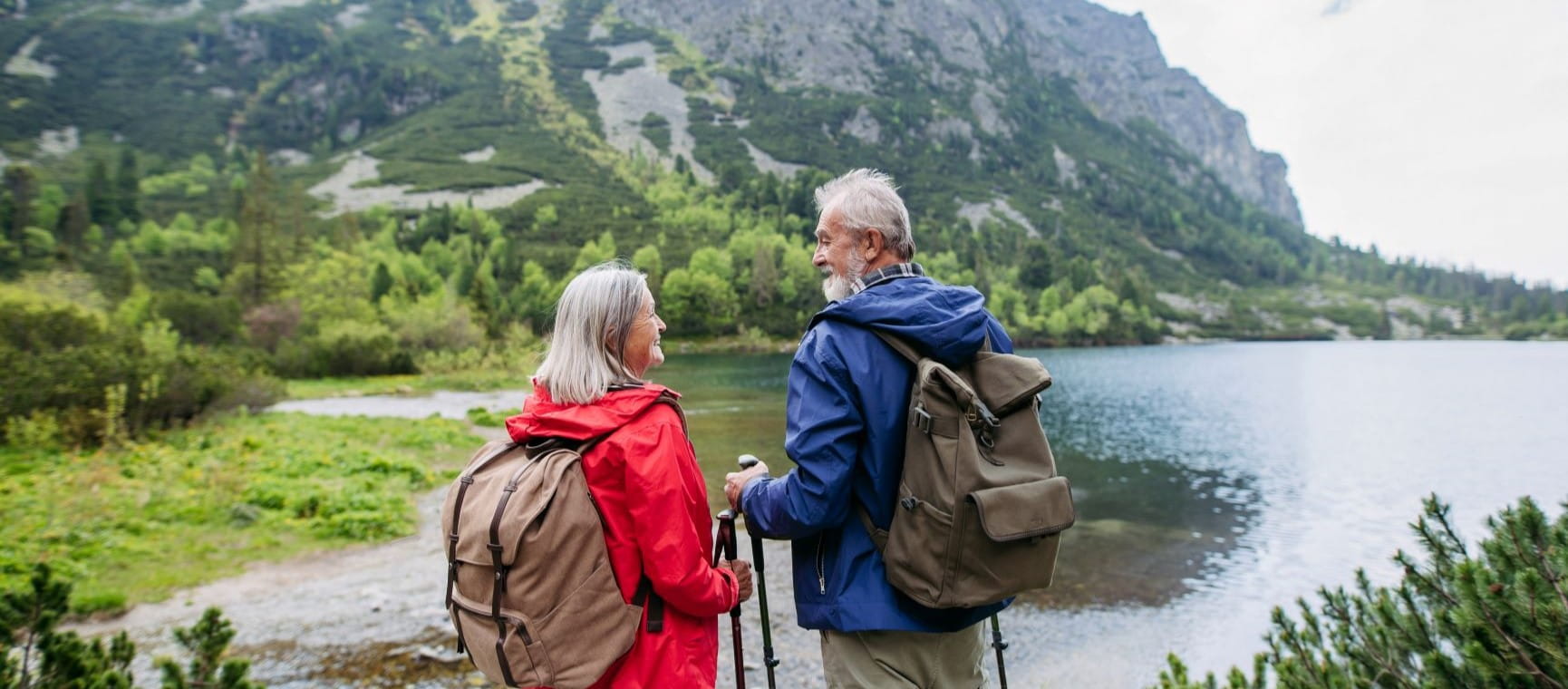

You don’t have to put up with bladder leaks. We try out the latest pelvic floor gadgets for men and women.
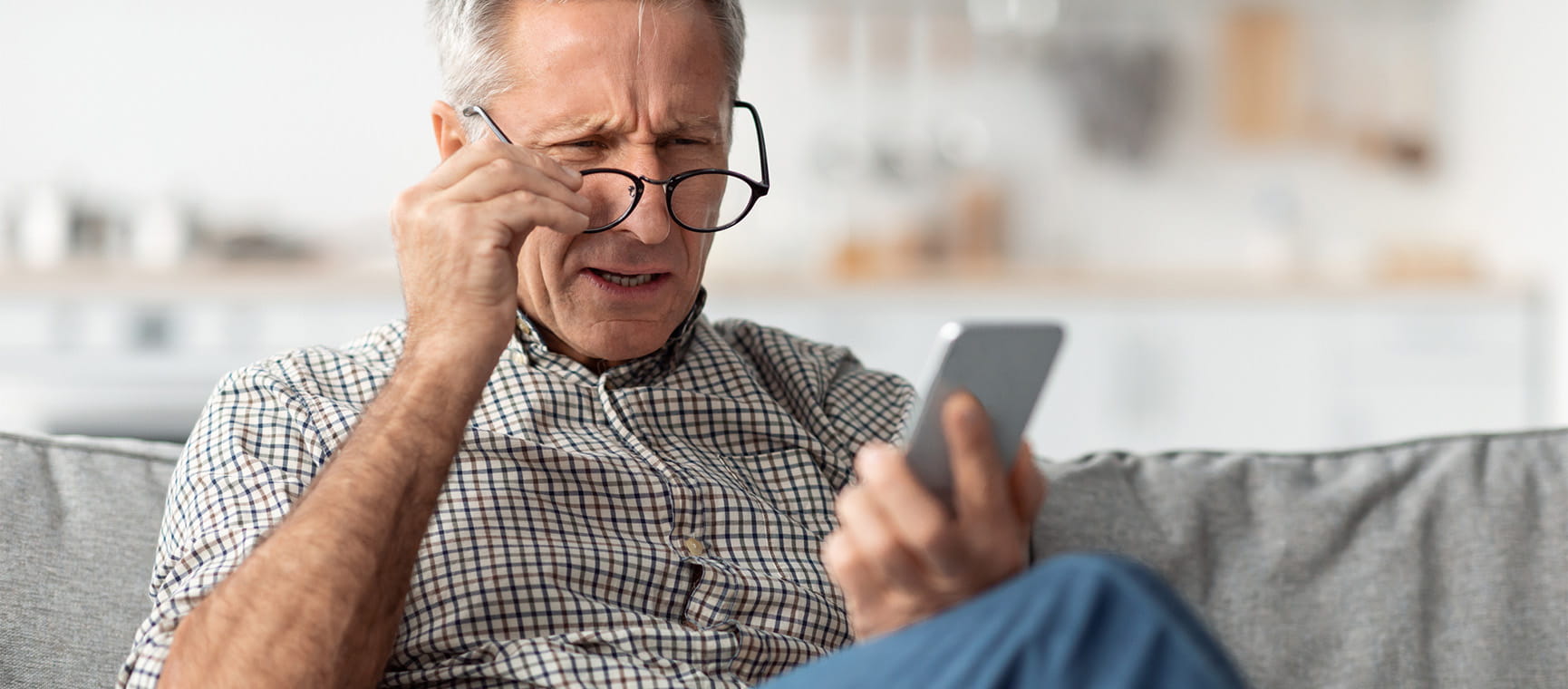
Cataracts are a normal part of ageing. Learn how to spot the signs – and when it’s time to consider surgery.